Most, if not all, organizations are dealing with a large amount of change right now, and in asset heavy industries, we know that a large amount of change can bring a high degree of risk.
This is especially true in manufacturing where some organizations have had to rapidly and significantly increase production. Many others are implementing changes in scheduling and production so they can continue to meet customer demand while adhering to social distancing guidelines.
These challenges are unprecedented, and we know that people are working around the clock to adapt and do what needs to be done. However, if your organization is one of the many that has had to change the way it operates, its critical to take time out and reassess your risk.
If you already have an Asset Strategy Management process in place, this should help guide you in identifying risks and adjusting your asset strategies accordingly. If you do not have a process in place, ask yourselves these four questions and make sure you are not exposing yourself to risk of catastrophic failure.
- Where has production changed? Have you had to increase or decrease production? Think about the impact this has on your assets and whether you need new measures in place to reduce your risk. For example, if you have significantly ramped production, you may need to consider additional maintenance or even forward planning for asset replacement.
- Do you have the required materials to maintain your assets? Take stock of your inventory and make sure you have what you need to maintain your assets. Consider any potential impacts on your supply chain and start planning now to avoid unnecessary downtime.
- What significant changes have been made to your crew or rosters? It is likely you’ve had to make some changes to your scheduling, whether it has been adding shifts to increase production or reducing the number of crew scheduled at any one time. Even subtle changes could pose a major risk to your operations if they are made without the appropriate level of justification and oversight. For example, you may have different people, doing different tasks or you may be operating without the usual experts you rely on. Consider what training or oversight is required to manage these risks effectively.
- Is the appropriate governance in place on any strategy change? At times like these there can be instances of people with good intent making changes to strategy and strategy related content in their EAM system. This might be done to ease logistics, support operational schedules, support resource schedules, attempt to improve performance or lower costs. However, without the appropriate workflow that ensures appropriate oversight and approval, this lack of governance can create significant risk and exposure.
We know it can be a struggle just to keep operations running right now, and you probably don’t have time for a full risk assessment. However, we also know that risks can quickly become a reality if left unchecked. So, take time to stop and consider the risks every time there is a major change in your operating environment.


